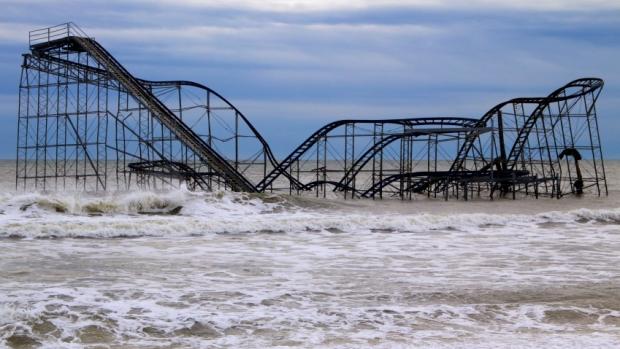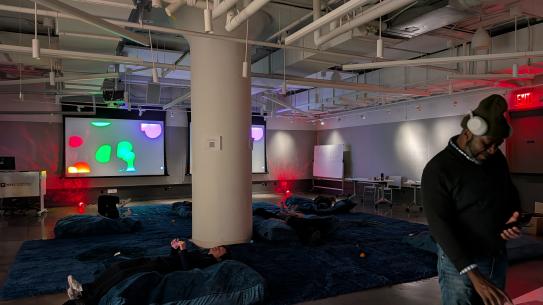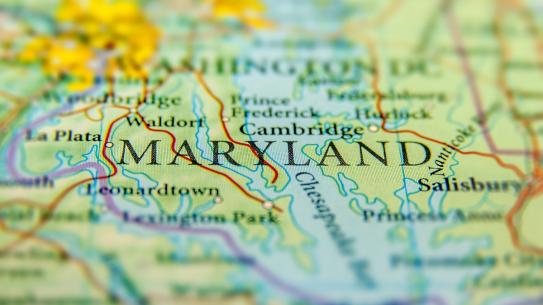Six Months After Sandy, Building a More Resilient Wireless World
A Conversation with Shiv Panwar

With the recent six-month anniversary of Hurricane Sandy approaching, a group of engineers, academics, telecommunications and government representatives gathered at Polytechnic Institute of New York University (NYU-Poly) to reflect on the storm’s impact and brainstorm ways to strengthen networks in preparation for future disasters.
Shivendra Panwar (SP), Professor of Electrical and Computer Engineering at NYU-Poly, organized and chaired the Resilient Networks workshop’s dozen participants:
SP: The workshop was an extremely frank and productive discussion among people who wouldn’t typically sit down together, including highly competitive companies. But Sandy caused an unusual level of disruption in telecommunications—everything was down, people were cut off for long periods of time—and since then there’s been a lot of collaborative activity to help the sector improve.
The report makes it pretty clear that diversity of technologies is one of the most important factors in making networks more resilient. How does that play out?
SP: The importance of diversity speaks to the fact that you simply can’t predict everything. You can envision worst-case scenarios, you can measure wind speeds, you can strengthen infrastructure and build things underground, but different technologies break under different stressors. Company A might decide that a certain telecommunications technology is best, and another company decides technology B is better. In one scenario, one company fares better. A hurricane has a different impact than a blizzard. If one company is down, the other may be working, and will provide emergency communication services in the affected area. Everyone shouldn’t choose the same “best” option.
The improvements the group envisioned wouldn’t just be beneficial in a weather event, correct?
SP: Definitely not. Sandy was just one example of how a natural disaster can cripple a region and take down its communications systems. The next crisis could be a cyberattack, and increased resilience would be obviously beneficial.
Tell us about some of the solutions that came out of the brainstorming session.
SP: One idea is enabling home or small business electronics to run on batteries. Imagine if your wireless router could run on everyday AA batteries during a power outage. You might not have full functionality, but you’d be able to communicate, and that’s certainly better than being completely cut off. On a bigger scale, one idea that’s being explored is creating a situation where the major wireless carriers could temporarily “merge” in the event of a disaster—this happened in an ad hoc way after Sandy, but if we had a plan in place where surviving cell towers automatically served wireless customers regardless of their carrier, that would go a long way toward speeding recovery efforts.



